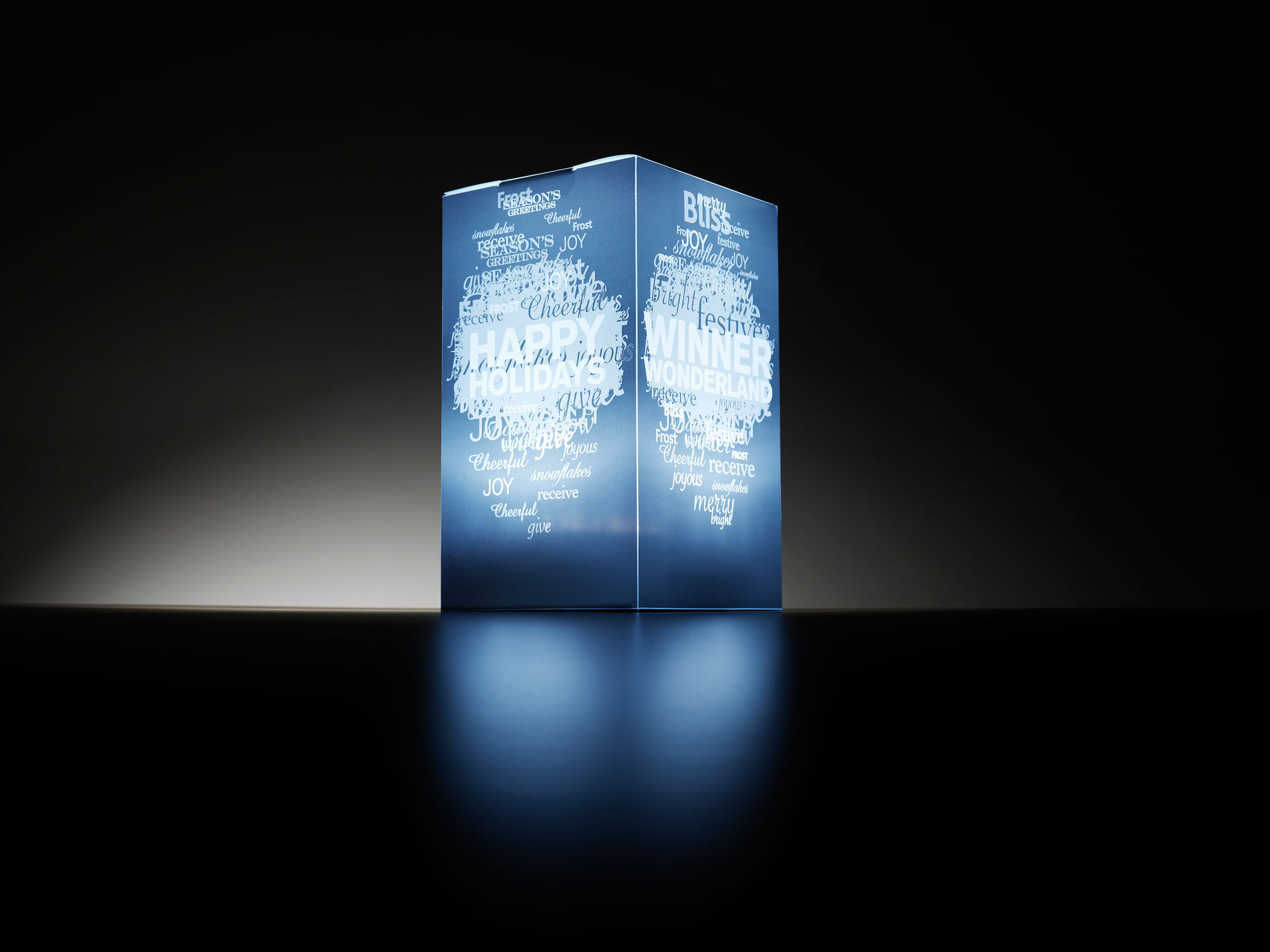
When developing a new product, careful consideration is always given to the multi-sensory effects it will have on the end user. This means taking into account everything from the way it looks, feels and sounds; in some cases that even means how it tastes and smells. Beyond the actual product, are you thinking about packaging that can appeal to all five senses?
The Power of Packaging
Think about the incredible power of packaging for a moment. While your product is the item being purchased by the consumer, it’s usually hidden away inside a box, container, bag, bottle, or other form of packaging. While the actual product may be visible, it’s usually up to the packaging to make the sale—especially in point-of-sale situations. Are you spending as much time thinking about how your packaging appeals to your customers’ five senses as you are about the product?

Multi-sensory Packaging that Sells
Some of the senses are easier to work with than others. For example, sight and touch are always taken care of, but how do you deal with smell, taste and sound? How do you master sight and touch in a way that differentiates your product? Let’s take a look:
- From a visual standpoint, how are you appealing to your customer’s need for compelling design that strikes a balance between innovation and comfort? According to a study conducted at London’s Central Saint Martins College of Art and Design, an incredible 83 percent of the information people retain and remember is received via visual stimulus.
While the sales copy on the packaging may make a difference, focus on shapes and colors to make lasting impressions for long-term brand loyalty. Even going as far as including lenticular graphics can pay dividends for products in particular markets.
- If the visual design of the packaging is compelling enough, touch is usually the next sense that comes into play. Not only is it wise to consider the actual textures of the substrates, but also how professionally executed glitter, soft touch, sand or raised coatings will heighten the consumer’s senses and trigger the purchase. Even using specialty packaging with windowing treatments that allow customers to touch the product can be highly effective. When this isn’t possible, using touchable design elements that mimic the brand’s style can provide a unique advantage, as well.
- Sound, when done well, can add to the product offering. Done wrong, it could potentially drive customers away. Point-of-sale displays, specialty packaging and high impact direct mail all offer good opportunities to incorporate sound. Using music or videos that accentuate the brand can attract attention and provide your product with a stage to convey its value, while telling your brand story.
Markets in which sound is easily incorporated include retail and entertainment. It’s also possible to include sound that isn’t activated until the packaging is opened, which extends the buying experience well beyond the actual in-store purchase.
- Anyone that’s experienced that new car smell knows exactly how powerful smell can be to a product. It’s long been incorporated in magazine advertisements, but it is beginning to extend beyond those avenues. Finding subtle ways to incorporate smell into packaging can be useful and effective.
Scented varnishes are now available and add a whole new dimension to the packaging experience. These can be added to accentuate a product feature or generate a positive ‘smell memory’ within the consumer that subliminally urges them to purchase your product.
- Taste. Taste is the hardest sense to capture in packaging. Although packaging is not meant to be tasted, it is possible to use effective imagery that sparks a ‘taste memory’. For example, a company selling charcoal could have the package designed in such a way that brings to mind memories of a backyard barbecue. This use of packaging to connect to ‘taste memory’ is clever and, when done right, is powerfully innovative. In addition, choosing the right colors for your packaging can also help trigger appetites. For example, blue, purple and black are certain food colors that the human body typically avoids. Red and yellow, however, are the most appetizing colors. Not only does this color theory work with food itself, but it also has the same effect with corporate logos, packaging, or other marketing elements.
Depending on the product you’re selling and the industry you operate in, it may not be feasible or desirable to develop packaging that appeals to all five senses. However, research shows that multi-sensory packaging successfully attracts, engages and converts customers at a higher level than standard product offerings.
Packaging That Reaches All Senses
At JohnsByrne, we believe compelling packaging excites all five senses in a consumer. We help our clients capitalize on this by creating customized printing and packaging solutions that push the limits. For more information or assistance, contact us today.
More Resources
Related Posts
As e-commerce continues to expand and the retail environment—in terms of brand display—grows ever more sophisticated, it’s essential for brands to stay on trend with … Premium Packaging Solutions: Following Trends with Real Brand Impact
For companies looking to improve their bottom line, packaging can be a prime target for cost reduction. However, cutting packaging costs is often a balancing … Mastering the Balancing Act: Proven Strategies for Reducing Packaging Costs While Boosting Innovation
Ever since the first cave paintings and sharing of tales around the campfire, we humans have been obsessed with sharing experiences as vividly as possible. … Where Customer Experience Meets Social Media Buzz: Leveraging Unboxing Videos for Your Brand
